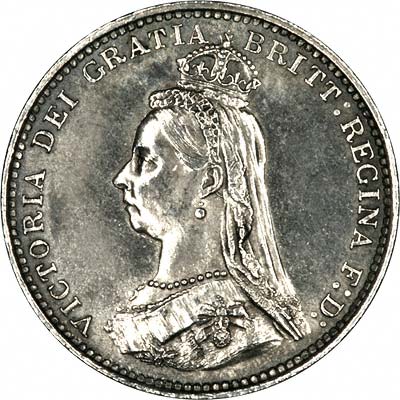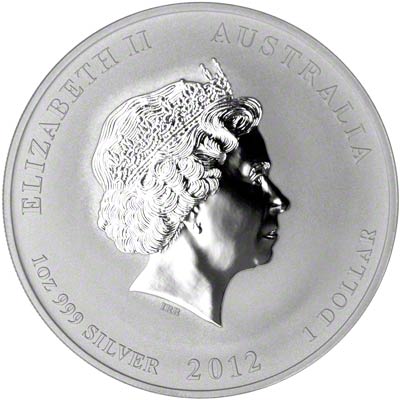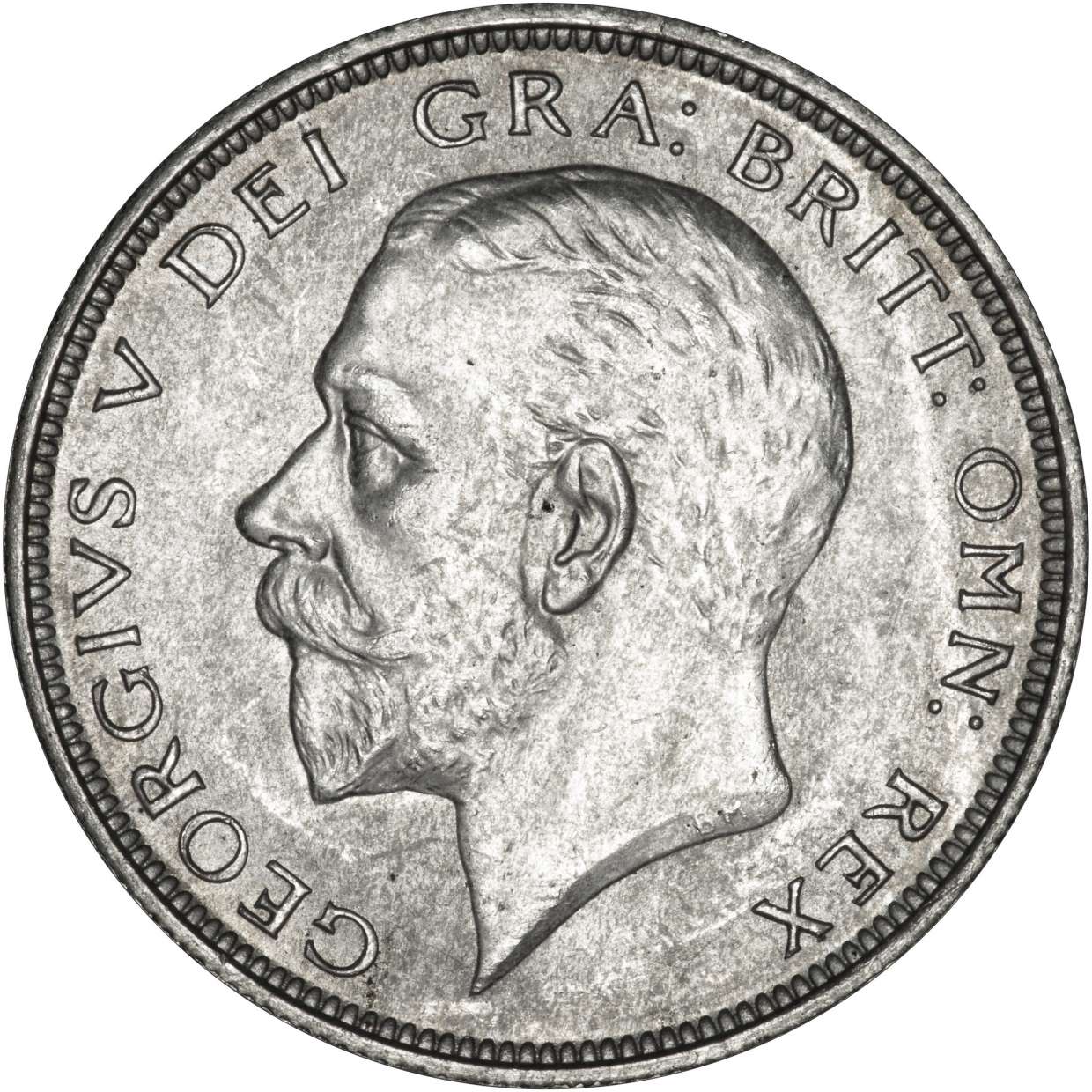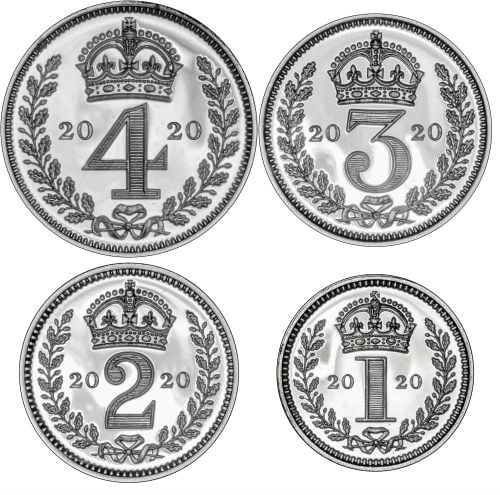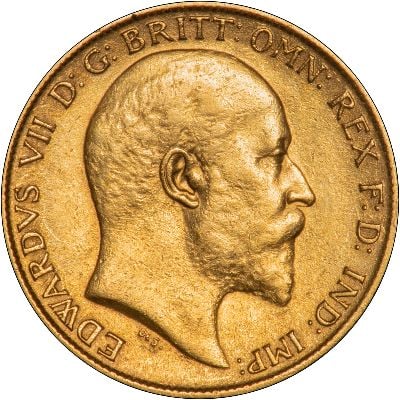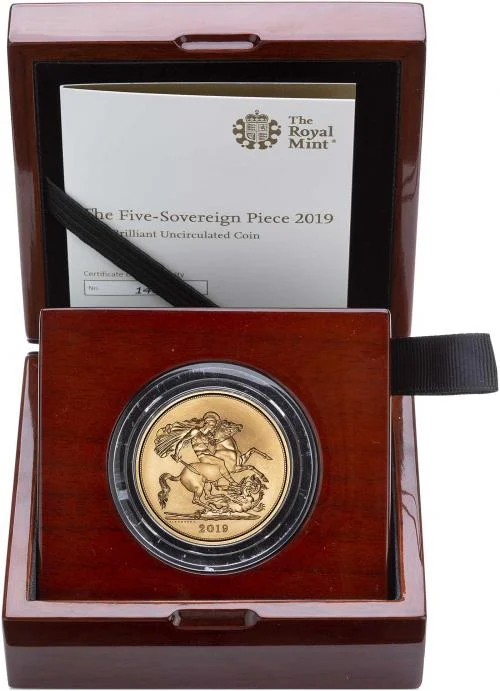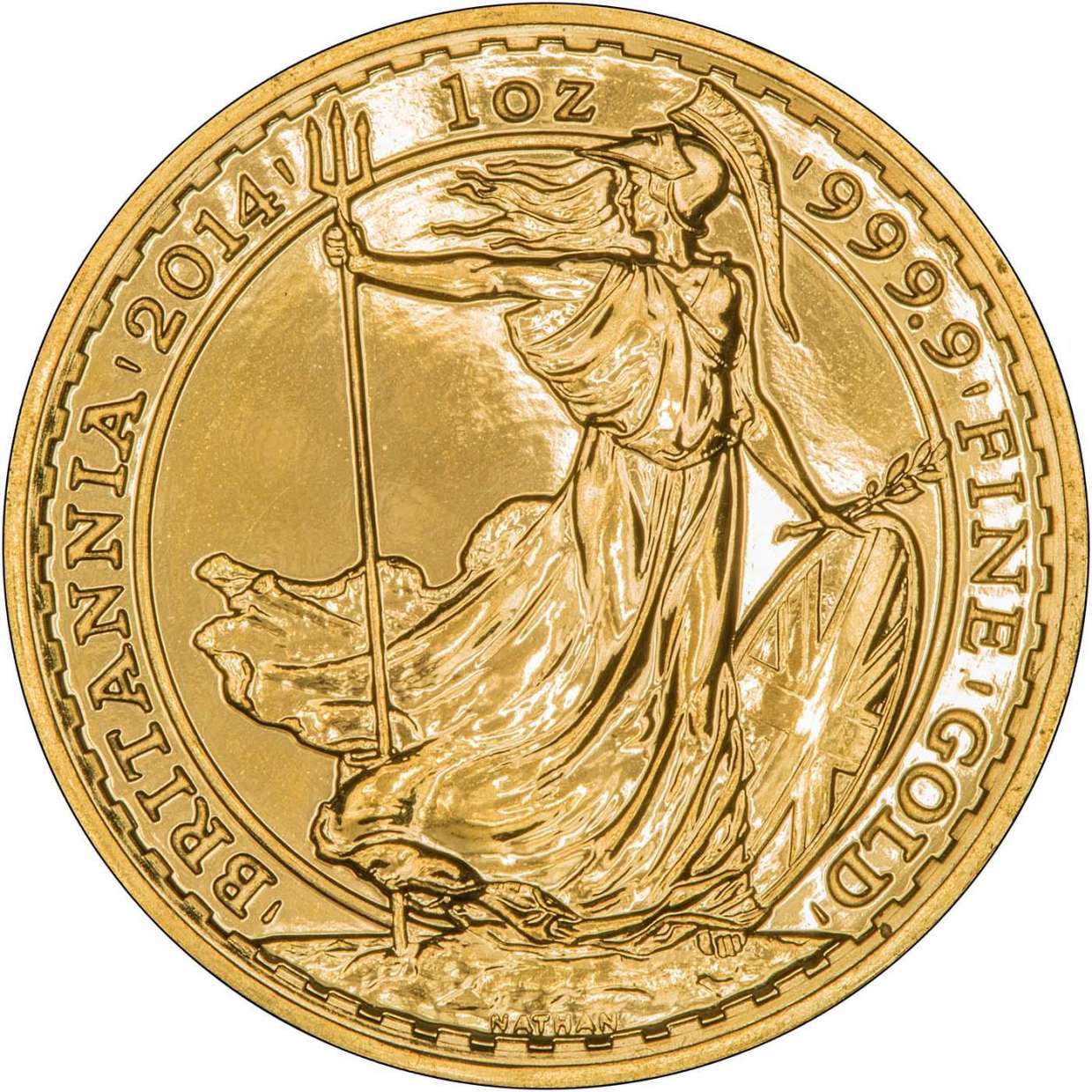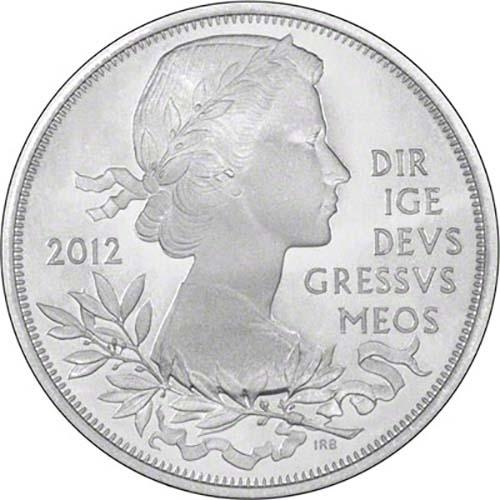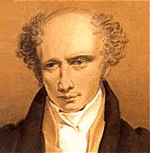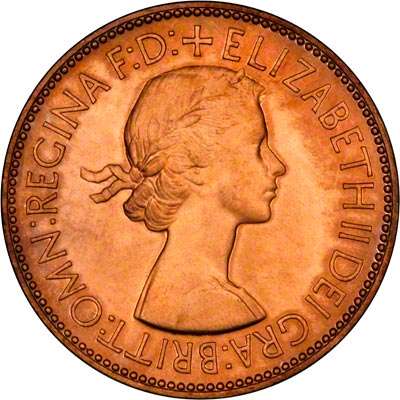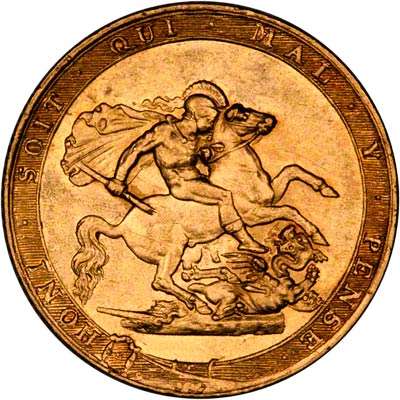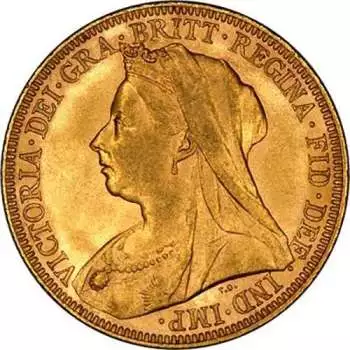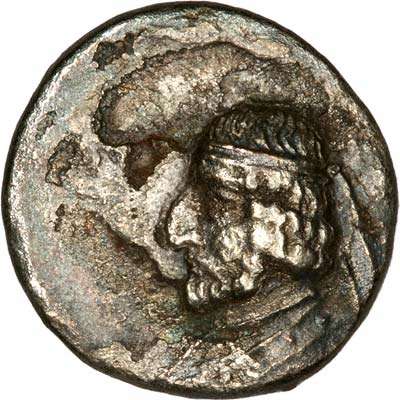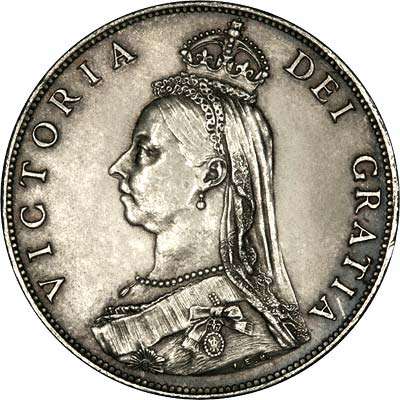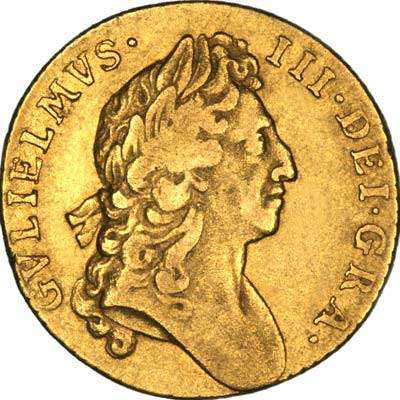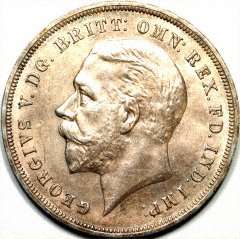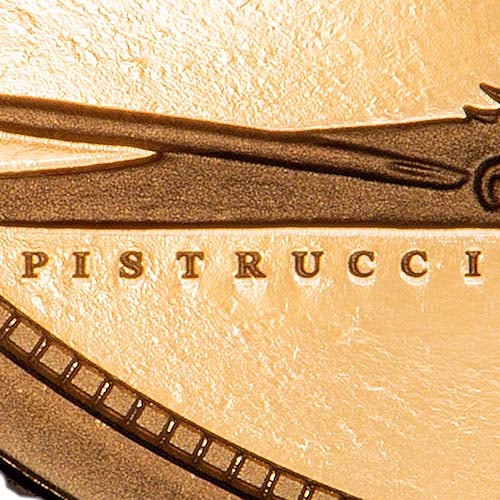St George on Coins
Synopsis
The classic reverse design of St George and the Dragon by Benedetto Pistrucci is synonymous with some of the UK's most recognisable coinage, but who is saint George? Born in the 4th century Saint George became a martyr for refusing to rennounce his christian faith, ultimatly leading to his execution. This noble act resulted in tales of his bravery and steadfast faith spreading globaly, with many nations today adopting the figure as their patron saint.

Who is St George
The Patron Saint
According to legend, in the 4th century George was born into a wealthy Christian family in Turkey. After the death of his father, his mother returned to her native Palestine where George became a Roman soldier. He became a Tribune (the equivalent of a Major in the British Army) but resigned after he refused to follow Emperor Diocletian's commands to persecute Christians. The infuriated emperor ordered that George should be imprisoned which led to George being tortured and beheaded in Lydda on 23 April 303AD. He became a martyr as tales spread about his faith, bravery and courage. Churches and basilicas were dedicated to his memory and in the 5th century, Pope Gelasius I canonised him as a saint. People then were less sceptical that we are today and Saint George became a legend for his heroic beliefs and actions throughout Europe.


St George and the Army
St George has long been associated with England and the army. After St George appeared in an apparition, the Christian Crusaders adopted him in their fight against the Muslim Infidels during the medieval Crusades (1095 - 1291AD). Men throughout Europe joined Richard the Lionheart's Christian army to defeat the Infidel enemy as they sought to destroy churches and buildings that represented Christianity in the Holy Land. The Crusaders wore St George's emblem of the red cross against a white background on their tunics, shields and flags as a symbol of their religion. It is also thought that this emblem symbolised the sign of the cross with which soldiers would bless themselves before battle began. When the victorious Crusaders returned to England, the legend of St George grew in strength.
In Shakespeare's Henry V play, King Henry roused his troops to lay siege to the city of Harfleur with a speech which ended with "Cry 'God for Harry, England, and Saint George!'". A reference to the King's galvanising address before the Battle of Agincourt.
St George continues to play a significant role in the British Army today. He is seen as a symbol of imperial power and is probably the most celebrated military saint in history.
St George, Patron Saint of England
A Symbolism of Honour
St George became the patron saint of England as he symbolised the great qualities that the English idealised; honour, bravery, courage and chivalry. On 23 April 1222, The Council of Oxford (King Henry III's closest advisors) dedicated a feast day to Saint George to mark the anniversary of his death.
On the 23 April, England marks St George's Day, the National Day of England. Throughout England, towns and villages host parades and festivities to commemorate this special occasion. St George's costume and flags bearing the red cross against the white background are out in force as England celebrates it's heritage and patriotic spirit
Saint George is one of the most popular patron saints of many countries around the world, including England, Portugal, Malta, Georgia and Lithuania. Feast Days are celebrated in his honour in cities such as Venice, Moscow and Istanbul.
St George on Coins
Reverse Designs
The dragon appears in myths and legends throughout the world. These fire breathing monsters come in all shapes and sizes and many differing forms; wings, two or four legs, sea-serpents or cave dwellers. In Western culture the dragon is seen as a symbol of the devil. Legend has it that during the Crusades, Saint George slayed a dragon to rescue a princess from a cave in Silene, Libya.
St George made his first appearance on British coins in 1817 after the government commissioned the 1816 British Coinage Act. Italian sculptor, Benedetto Pistrucci, was commissioned to create a series of engravings for the new coins. His St George and the Dragon engraving became one of the most iconic coin engravings in the world. St George is depicted mounted on a rearing horse with a broken spear which he has used to slay the dragon writhing beneath the horse's hooves. The design sits within the wide garter of The Order of the Garter. This clever intertwining of the imperial coinage and the most noble order firmly states that the new British coinage is to be trusted and respected.
There were several variations to the St George and the Dragon engraving. On the 1818 George III silver crown, the broken spear has been replaced by a short sword.
By 1821, the garter has been removed and the design is enlarged to fill the surface of the coin. It is this design which appears on the majority of sovereigns which have been issued from 1821 to today.
The Sliver Jubilee Crown
The 1935 Silver Jubilee Crown commissioned to commemorate King George V's 25th anniversary as monarch was designed by Percy Metcalfe. This crown is often referred to as the Rocking Horse Crown as the stylistic interpretation of St George and the Dragon evokes the modern spirit of the 1930s
2005 Elizabeth Sovereign
In 2005, Timothy Noad, designed a simplified version of St George and the Dragon for the 2005 Elizabeth II sovereign. This design was only used in 2005 and is popular with collectors of reverse Type sovereigns.
2012 Diamond Jubilee Sovereign
A new engraving to celebrate Queen Elizabeth II's Diamond Jubilee was created by Paul Day. This design featured on the 2012 sovereign and the various sizes of the sovereign range.
2015 Prince George Second Birthday Crown
Prince George is possibly one of the most popular toddlers in the world. His birth was eagerly awaited by fans of the Royal Family and even his second birthday was celebrated with a new St George and the Dragon engraving by Christopher Le Brun. The 2015 Prince George Second Birthday Crown is a favourite with coin collectors.
HONI SOIT QUI MAL Y PENSE
Coin collectors were delighted to see the engraving from the original 1817 sovereign remastered on the 2017 gold proof sovereign to celebrate the 200th Anniversary of the First Modern Sovereign.
The enscription reads, "Evil be to him who evil thinks thereof".
The Order of the Garter
The Order of the Garter was founded by King Edward III in 1348. St George is the patron saint of The Order of the Garter and headed by Her Majesty Queen Elizabeth II, it is the most noble order that is known for its dedication to honourable and chivalrous acts. The Arms of The Order of the Garter bear a a large garter strap and buckle which contains the motto HONI SOIT QUI MAL Y PENSE. A shield with the red and white cross of St George sits inside the garter.
We hope that you have enjoyed this blog St George on Coins. Let us know if you can think of any more coins that we could add, we love to hear from you.
Related Blog Articles
This guide and its content is copyright of Chard (1964) Ltd - © Chard (1964) Ltd 2025. All rights reserved. Any redistribution or reproduction of part or all of the contents in any form is prohibited.
We are not financial advisers and we would always recommend that you consult with one prior to making any investment decision.
You can read more about copyright or our advice disclaimer on these links.











